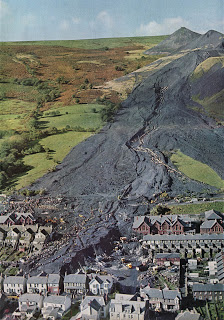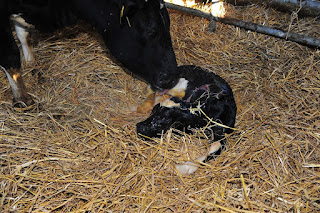Final Breath
 |
| ©David Challoner |
In the hour before lunch,
the nurses' station unusually calm,
Friday's consultant writing notes,
a doctor's words catch my ear.
"Room four, her breathing's flat today."
Leaving the office chatter,
I slip across the trolley-ridden corridor,
open the door a crack
and see no visitors,
just Ada, propped on pillows,
pallid beneath the bubbling mask,
waxy and greyer now than earlier.
I close the door.
First thing, she'd smiled,
a rare moment of connection beyond herself,
but now her energy's all focused inward
as sense begins shutting down
in preparation for death's hard travail.
I watch the mortal struggle,
the surrender of each precious vestige of liveliness,
sights, smells, all desire for intake.
This is a birth to something else,
a handing-on beyond touch and sound.
The door clicks.
The doctor enters silently.
No words are shared, only witness
as we sit and kneel, cradling a hand,
attention fixed on Ada's face and form,
her heroic, ever-stiller, bed-bound beauty.
Only when breath ceases do we speak,
as her colour drains to blue-tinged pallor.
"You know, each time, I think we've seen a miracle?"
"Or been at some sacred rite,
the migration of a mysterious spark,
one moment here, the next one flown."
"What hidden power withdraws
from holding us in life?"
So death's threshold seems less end
than brink, as when the cord is cut
the moment after birth
releasing mother and child from
gasping, pain-filled fear and strain,
launching the adventure of separation
and new life.
In the hour of death,
as the body returns to compound and chemical,
a silver cord is severed,
the waters of life spill out, at last,
from their cracked, often-mended, golden dish,
a container lent for these days of this life,
not meant to endure beyond.
©Janet Henderson 1st February 2016
In the final stanza I was thinking about Kintsugi, the Japanese art of mending cracks in pottery with gold to highlight the beauty of an object broken by usage. Rather than disguise the cracks, the potter re-incorporates them into the aesthetic of the object. The cord which holds us in life is referred to in Ecclesiastes 12.6 in the context of thoughts about length of life.






Comments
Post a Comment